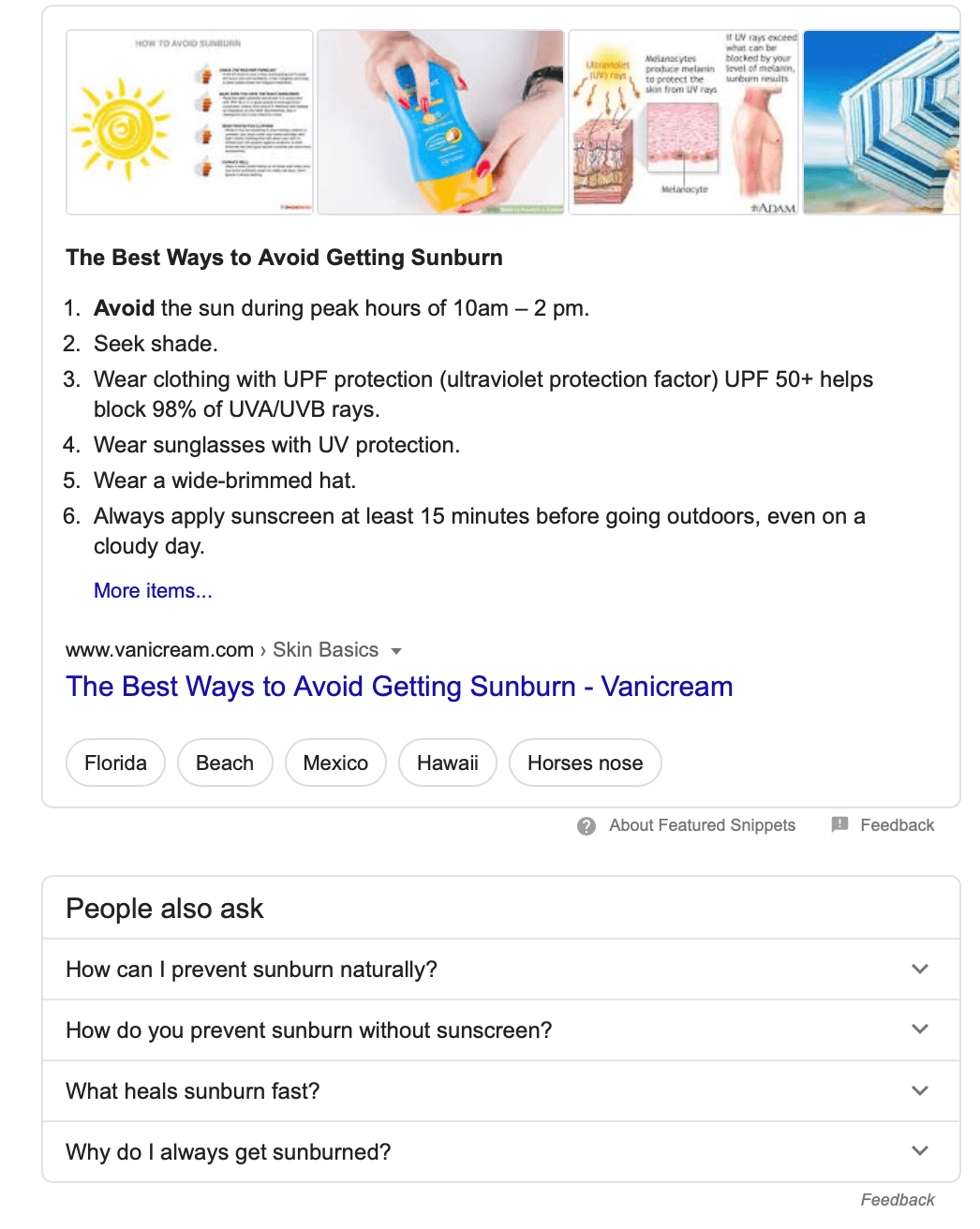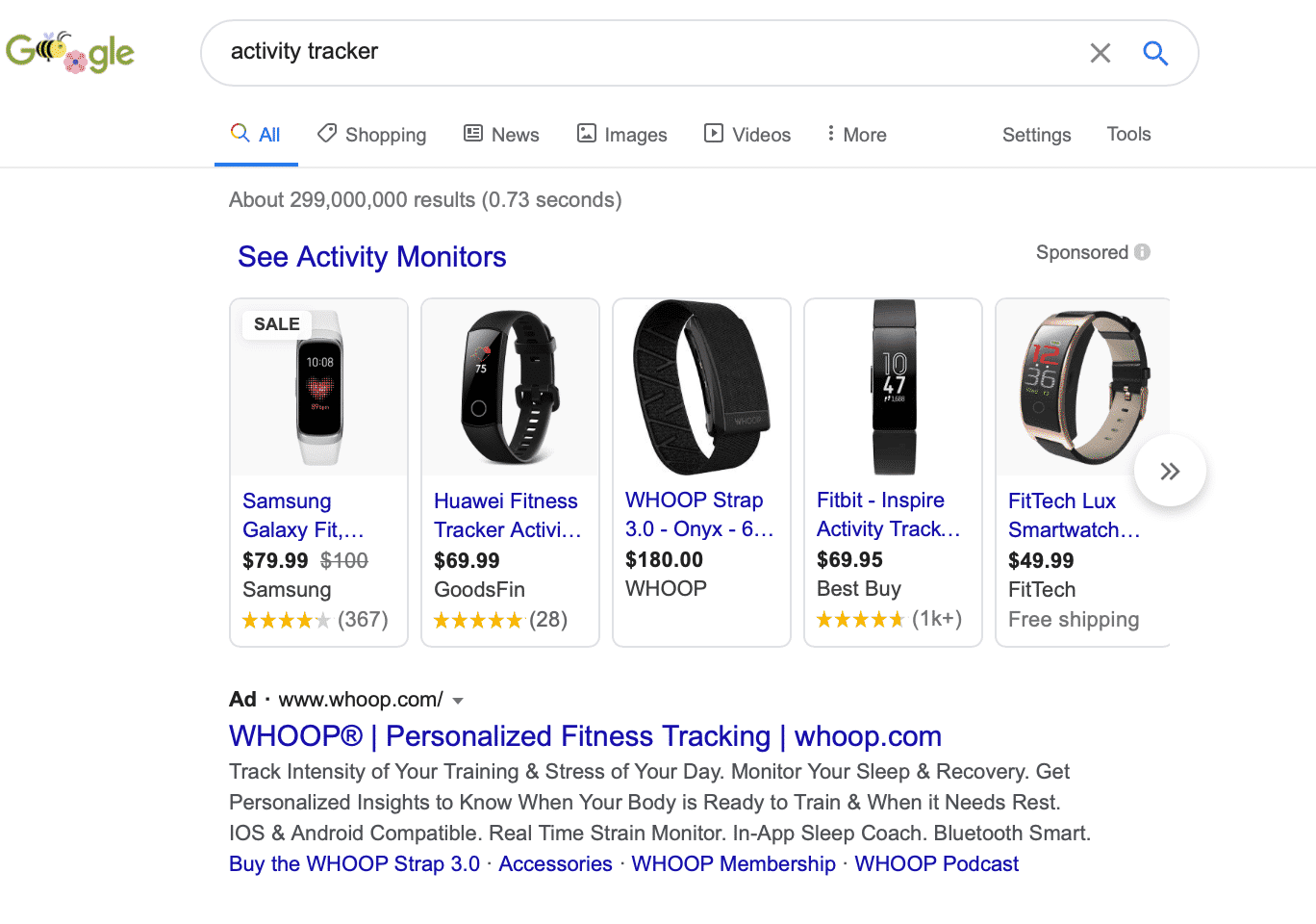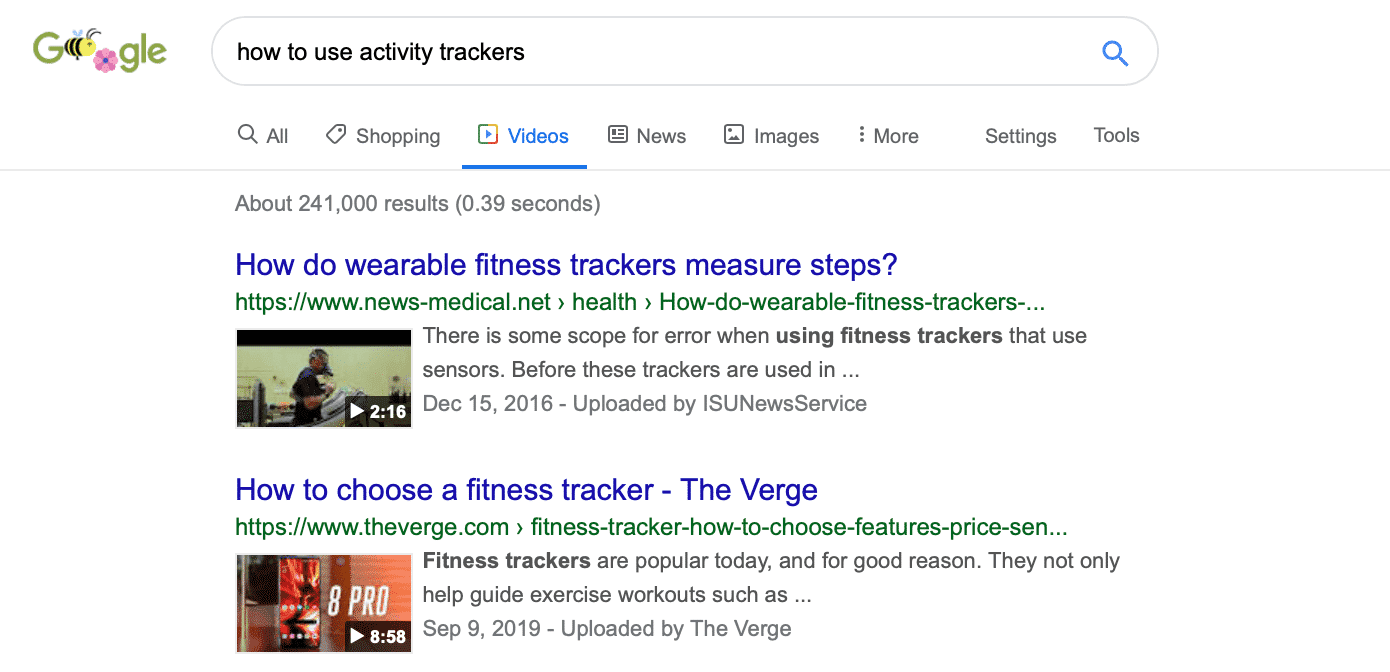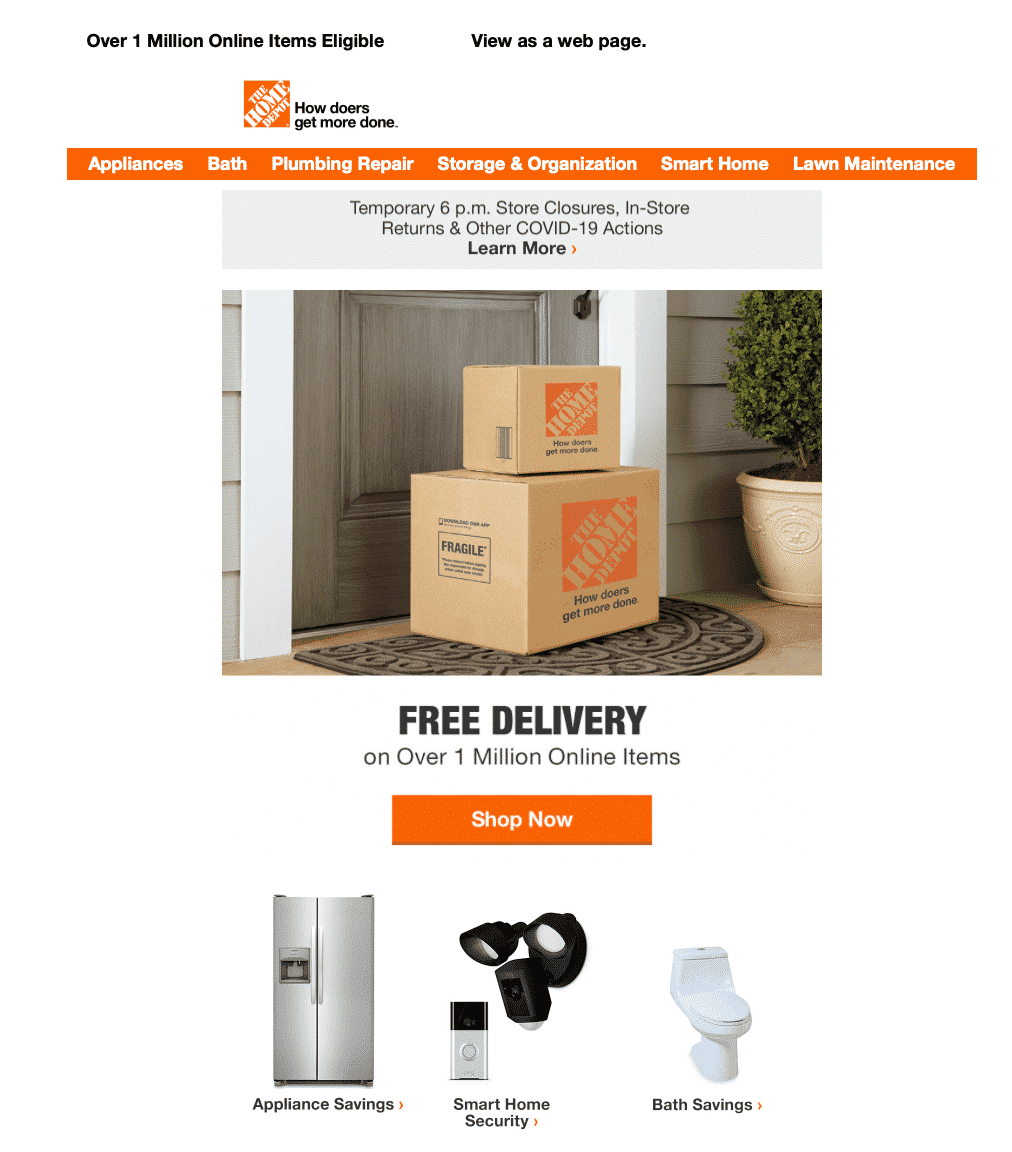How to Create a Healthy Marketing Strategy
by Tim Porter • April 21, 2020
It’s not uncommon for even successful marketers to worry about the performance of their marketing campaigns. Their blood pressure gets a little high when they wonder if people are clicking and converting on their Google Ads, if their Facebook videos are getting enough visibility or if their email campaigns are reaching the right audience.
Creating a strong marketing strategy is ultimately relatively stressful, especially since there are so many moving factors to consider and there’s no concrete answer for what’s considered successful.
Here at Disruptive Advertising, we know that the key to success is running coordinated marketing campaigns across all channels.
Despite this, only about 14% of organizations say that they’re currently running coordinated marketing campaigns across multiple platforms. This prevents the omnichannel selling that is becoming increasingly important. Neglecting to set up coordinated campaigns can result in disjointed funnels, causing people to fall out of the buying process when you otherwise could have converted them.
Running coordinated marketing campaigns across channels will not only lead to increased success (and a healthier business), but it will also reduce stress for everyone involved. To help you get started, in this post we’re going to look at how to create a healthy marketing strategy that’s well-coordinated and sure to drive results.
Understand Your Buyer and WHY They Buy
Is your product for absolutely everyone out there? Probably not.
Despite this, we often have business owners insist that “well, our product will work for everyone” or “we want everybody to want to buy.”
This isn’t realistic, and it isn’t practical, either.
If you’re trying to appeal to everyone, there’s a good chance that you’ll miss your chance to connect with your target audience, appealing to no one. You’ll fail to differentiate yourself.
In this ad, for example, they’re focusing on people who want to workout at home quickly and in a way that fits their life. They stress that there are easy-to-follow exercises and that you can accomplish your goals on your time. They aren’t trying to reach intense bodybuilders or frequent gym-goers—they’re optimizing for a specific audience niche, and that makes the campaign more effective.

Before you start putting together a marketing strategy, ask yourself who your product speaks to, and why they purchase it?
Why do people buy your product instead of one from your many competitors?
These questions can help you determine who your true core audience is, what their motivation is for buying and why they’d want to choose your brand. All of this should be at the center of your marketing strategies.
Identify How to Drive Traffic
Once you know who your customer is, you’re entering into step two: Actually figuring out how to connect with them and get them to your site.
This requires you to ask yourself how your customer navigates online and how you can get them into your marketing funnel.
There are a few common, tried-and-true ways you can bring your audience to your site and into your funnel. These include the following:
Search Engine Optimization
SEO is commonly heavily integrated with a strong content marketing strategy. The idea here is to capture potential consumers who are actively searching for solutions to their problem that your business can solve.
Optimizing for the right keywords can help put you in front of these audiences, and then leverage high-value content to create brand awareness, promote education, and develop relationships with potential customers, all while telling your story and why they should purchase from you.
Someone searching for “how to avoid getting sunburned,” for example, would be extremely receptive to products like sunshades, sunblock, or sun clothes to help prevent them from walking away from a day at the beach looking tomato-red. These are high-intent audience members who are open to suggestions.

SEO is a popular strategy, with more than 64% of marketers actively investing in it.
Google Ads
Google as a search engine dominates the digital world and directs a large portion of line search traffic. Google Ads, therefore, allows you to tap into high-intent audiences looking for products exactly like yours. They’re great, in other words, for targeting people who are “solution aware,” meaning they know that a product like yours exists, and they’re simply trying to find it.

Keep the following statistics in mind:
- 90% of desktop searches happen on Google
- People who click on ads are 50% more likely to make a purchase
- 90% of consumers say ads influence their purchase decisions
- 75% of users say paid search ads make it easier to find information
- 63% of people have clicked on a Google ad
- $9,000-$10,000 is the average ad spend for small-to-midsized businesses on Google Ads
Businesses are investing heavily into Google Ads, and that’s largely because the ROI potential is so high in allowing you to capture high-intent audiences. As long as your ads are carefully targeted and optimized correctly, you’ll be able to reach individuals who are trying to find you.
YouTube
YouTube sometimes gets overlooked, but it’s the most frequently visited social media platform, and video content is actually 50x more likely to drive organic search results than plain text.

It’s a great platform for discovery and brand awareness, and you can use it similarly to how you would with content marketing—create high-quality, brief videos designed to educate your target audience. This may seem overwhelming or too expensive, but any equipment you’d need would only be one upfront cost.
Social Media Ads and Social Marketing
Social media ad campaigns allow you to generate demand and interest in your product, even when that helpful solution awareness from Google Ads isn’t present. There are multiple platforms available. We almost always recommend using Facebook and Instagram Ads (which are joined together), but there are other platforms you should consider, too.

The social media ad platforms include:
- Facebook: Huge reach. Lookalike and audience targeting. Facebook is the #1 social channel used by marketers, with the highest return on investment. The targeting system is unparallelled, and the retargeting potential is incredible.
- Instagram: Little brother of Facebook. Very visual. More than 500 million people use Instagram every day, and people are excited about engaging with brands here and using the platform to discover new products.
- Twitter: Potential virality. Tweets with videos get over six times as many retweets as tweets with photos, so consider running ad campaigns with videos as the designed media.
- LinkedIn: Great for targeting professionals. 40% of members visit the professional social network each day. B2B businesses should absolutely test these ads.
- Pinterest: 80% of millennial Pinterest users say that the platform helps them decide what they should buy.
There are other platforms available to consider, too. TikTok works well for brands with a fun side trying to reach Gen Z audiences, and Snapchat is still used by some groups of Millennials.
There are always new platforms emerging, so do some research whenever you’re creating or revamping your campaigns to look for new, “smaller” platforms with niche audiences. They may be key to quickly connecting with your audience in a significant way, even if the platforms don’t typically stick around in popularity for long.
Influencer Marketing
Influencer marketing is also something to consider. There are plenty of influencers on Instagram and YouTube, showing off everything from apparel and makeup to even more niche products like hard drives for computers and SaaS software.
You can use tools like BuzzSumo to identify influencers in your field that your audience trusts and follows, and seek out a partnership. Aim to identify influencers in your niche that would use your product whether you paid them or not.

Businesses are making $5.20 for every $1 spent on influencer marketing, so put some time into finding the right influencer who can get you these results. An engaged audience matters more heavily than follower size overall, but follower count still matters to ensure high enough reach to get those returns.
Cultivate the Relationship
Once you’ve got high-quality traffic coming to your site through a variety of different channels, it’s essential to determine how you can cultivate that relationship to conversion and later bring them back to repeat their purchases.
Your email campaigns should be in strong working order for this. Email is a great way to remind your customers about an abandoned cart, re-engage past customers to come back and purchase again, highlight new products to build awareness and interest, and generating a solid relationship built on trust.

You should be using email autoresponders and heavy email segmentation in order to deliver the right messages to the right audience niches at the right time.
You can also use social media marketing to stay in touch with your followers, nurturing those relationships. Make sure you’re sharing lots of user-generated content whenever possible.
Email, however, should be the priority. On average, Disruptive Advertising sees an incredibly high ROI from running email campaigns.
Don’t Put All of Your Eggs in One Basket
When you’re working out how to create a healthy marketing strategy, you never want to put all of your eggs in one basket. That’s important, but it’s a mistake that so many brands make on a regular basis.
Think about your own retirement account. Would you want to go all-in on a single stock or bond? You almost certainly wouldn’t; nobody would expect a healthy financial portfolio to go ride-or-die on a single option.
Marketing is the same way. You don’t want to invest all of your business’s hopes, money, expectations and potential into a single marketing channel—even if it’s working.
There’s no healthy business built 100% on revenue brought in from a single channel. Even if that one platform is working well for you, you’re missing out on an enormous section of other customers who aren’t discovering you that way. It’s also important to note that all platforms fluctuate over time, as does user behavior and the market itself.
Imagine going all-in on organic Facebook marketing around 2010, only to find out years later that there’s no organic reach and you need to scramble to come up with other options, fast.
A balanced approach is the way to go here. You can read more about how to divide up your marketing budget here.
Final Thoughts
A healthy marketing strategy isn’t always the easiest to develop, but once created, it’s much easier to maintain. It will cost you less than trying to execute disjointed campaigns and it will be much more successful, too.
This method of developing a marketing strategy puts your audience at the center of your efforts, allowing what you know about them to drive your choices moving forward so you can determine how best to connect with them.
Marketing strategies, however, can be overwhelming, both in creation and execution. If you need a hand with this, Disruptive Advertising is here to help. All of our account managers are specialists in what they do and we can get your campaigns up to speed and successful before you know it. You can learn more about us here.
What do you think? How do you create a healthy marketing strategy? Which steps do you take to find success? Share your thoughts and questions in the comments below!





